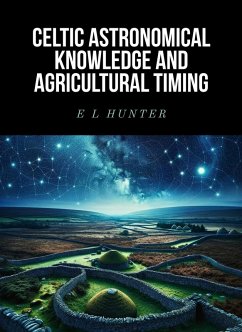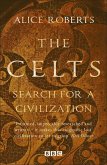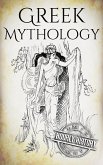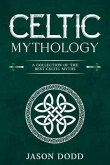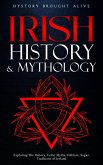The author synthesizes multiple evidence types-archaeological alignments at sites like Newgrange and the Coligny Calendar, linguistic analysis of Celtic calendrical terminology, ethnographic records of persistent traditions, and results from controlled experimental trials-while carefully navigating the interpretive challenges inherent in reconstructing knowledge from primarily non-literate societies. Through this interdisciplinary approach, specific practices emerge with clarity: solstitial field alignments that optimized growing seasons, lunar-phase planting traditions that corresponded with soil moisture patterns, and the use of stellar markers like the Pleiades to signal critical agricultural transitions.
This investigation reveals how Celtic communities from Atlantic Ireland to the Danube adapted astronomical knowledge to diverse environmental conditions, developing regionally-specific agricultural calendars that maintained landscape productivity despite climate fluctuations documented in the paleoenvironmental record. By integrating these findings, the work advances our understanding of pre-Roman European intellectual traditions while illuminating sophisticated indigenous approaches to sustainable landscape management that maintained productivity across centuries.
This study will interest archaeologists, archaeoastronomers, agricultural historians, and scholars of Celtic studies, providing a methodologically rigorous examination of the environmental knowledge embedded within Europe's indigenous agricultural heritage.
Dieser Download kann aus rechtlichen Gründen nur mit Rechnungsadresse in A, B, CY, CZ, D, DK, EW, E, FIN, F, GR, H, IRL, I, LT, L, LR, M, NL, PL, P, R, S, SLO, SK ausgeliefert werden.

